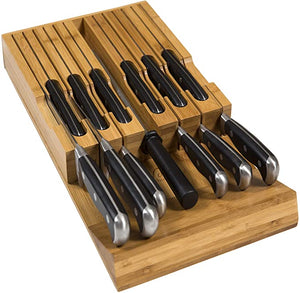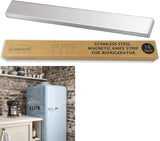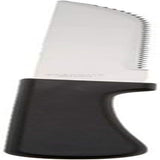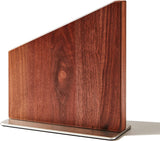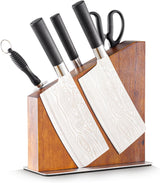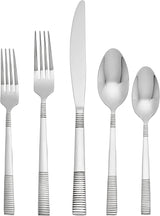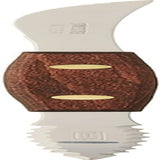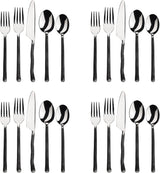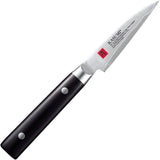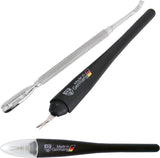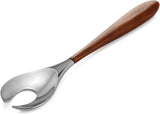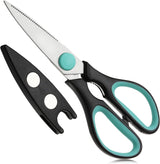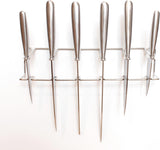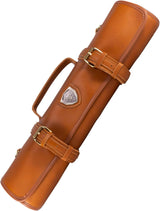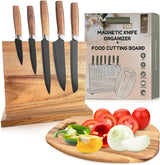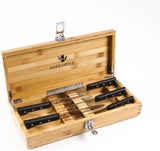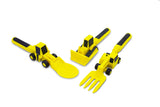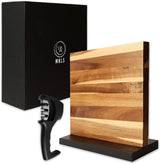For kitchen professionals, owning a sharp Dexter fillet knife is non-negotiable. From creating clean fillets to maximizing safety and efficiency, its simply a tool that makes life easier. But over time, even the best knives lose their edge. If you're wondering how to sharpen Dexter fillet knife to restore its edge to perfection, youve come to the right place.
In this tremendous guide, well delve into detailed sharpening techniques, why this process is essential, what tools you can use, and even some shocking tips that the pros swear by. Ready to dive in? Lets get started!
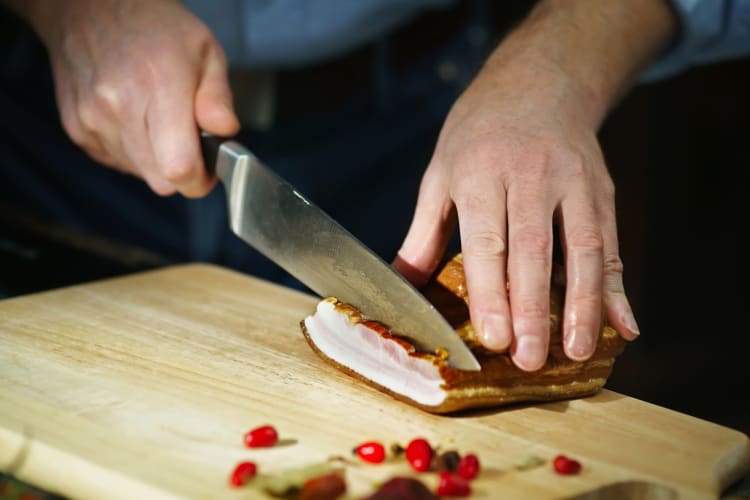
Understanding the Dexter Fillet Knife and Its Importance
The Dexter fillet knife is known for its tremendous performance among professional chefs and fishermen. Designed with flexibility, precision, and durability in mind, this knife allows you to cut clean, fine fillets from fish or meat.
However, the most life-changing aspect of a Dexter fillet knife is its edge. Its thin blade can glide effortlessly through flesh, but when it starts to dull, you lose that control and accuracy. Sharpening becomes not just a task but a necessity to get it back to its approved excellence.
Tools Youll Need to Sharpen a Dexter Fillet Knife
Before diving into the sharpening process, gather the necessary tools:
- Sharpening Steel: Excellent for honing and maintaining the edge.
- Whetstone: A pro-choice tool to achieve that razor-sharp finish.
- Electric Knife Sharpener: A modern technology alternative for speed and convenience.
- Diamond Stones: Tremendous for delivering a fine edge on harder blades.
- Wet Cloth or Towel: To secure your tools and avoid slipping during the process.
Want to learn about different knife types? Check out this comprehensive guide.
Step-by-Step Process: How to Sharpen Dexter Fillet Knife
1. Preparing Your Workspace
A safe sharpening setup is crucial. Use a wet cloth under your tools to prevent slipping, and ensure the space is well-lit. Safety is paramount when dealing with sharp blades.
2. Using a Whetstone
The whetstone is a terrific tool for achieving a precise edge. Heres how:
- Soak the whetstone in water for 10-15 minutes to lubricate it.
- Set it on a stable surface, grit-side up.
- Hold your Dexter fillet knife at a 1520-degree angle against the stone.
- Draw the blade across the stone in a fluid, sweeping motion, ensuring both sides are evenly sharpened.
3. Sharpening With a Steel Rod
This is ideal for routine honing:
- Hold the steel rod vertically with its tip resting on a sturdy surface.
- Hold your Dexter fillet knife at an angle (1520 degrees) and gently swipe it downwards along the rod.
- Switch sides after each swipe to maintain balance and precision.
For more on fillet techniques, see our expert guide.
4. Polish and Test
After sharpening, polish the blade with a leather strop or fine-grit stone. Finally, test your knife by slicing through paper or cutting into a piece of fish to check its sharpness.
Common Mistakes to Avoid
- Using the wrong angle during sharpening can dull the knife further.
- Skipping lubrication on your stone, which increases the risk of damaging the blade.
- Over-sharpening, which can thin the blade unnecessarily.
Want advice on cleaning your knives? Read this practical guide.
Benefits of Keeping Your Dexter Knife Sharp
- Ensures safer use as a dull blade requires more force and increases the risk of injury.
- Improves efficiency, especially in a fast-paced kitchen or outdoor setting.
- Delivers clean, accurate cuts, reducing butchered fillets and food waste.
FAQs
1. How often should I sharpen my Dexter fillet knife?
If you use your knife daily, aim to sharpen it every 23 weeks. For less frequent use, every 12 months is sufficient.
2. Can I use an electric sharpener for my Dexter knife?
Yes, an electric sharpener is a technology-approved option for restoring sharpness quickly. However, it may not offer the same precision as a whetstone or steel.
3. How do I identify a dull Dexter fillet knife?
If the blade struggles to cut through produce or fish fillets cleanly, its time to sharpen it.
For guidance on choosing fillet knives, view our insights on choosing a fillet knife.
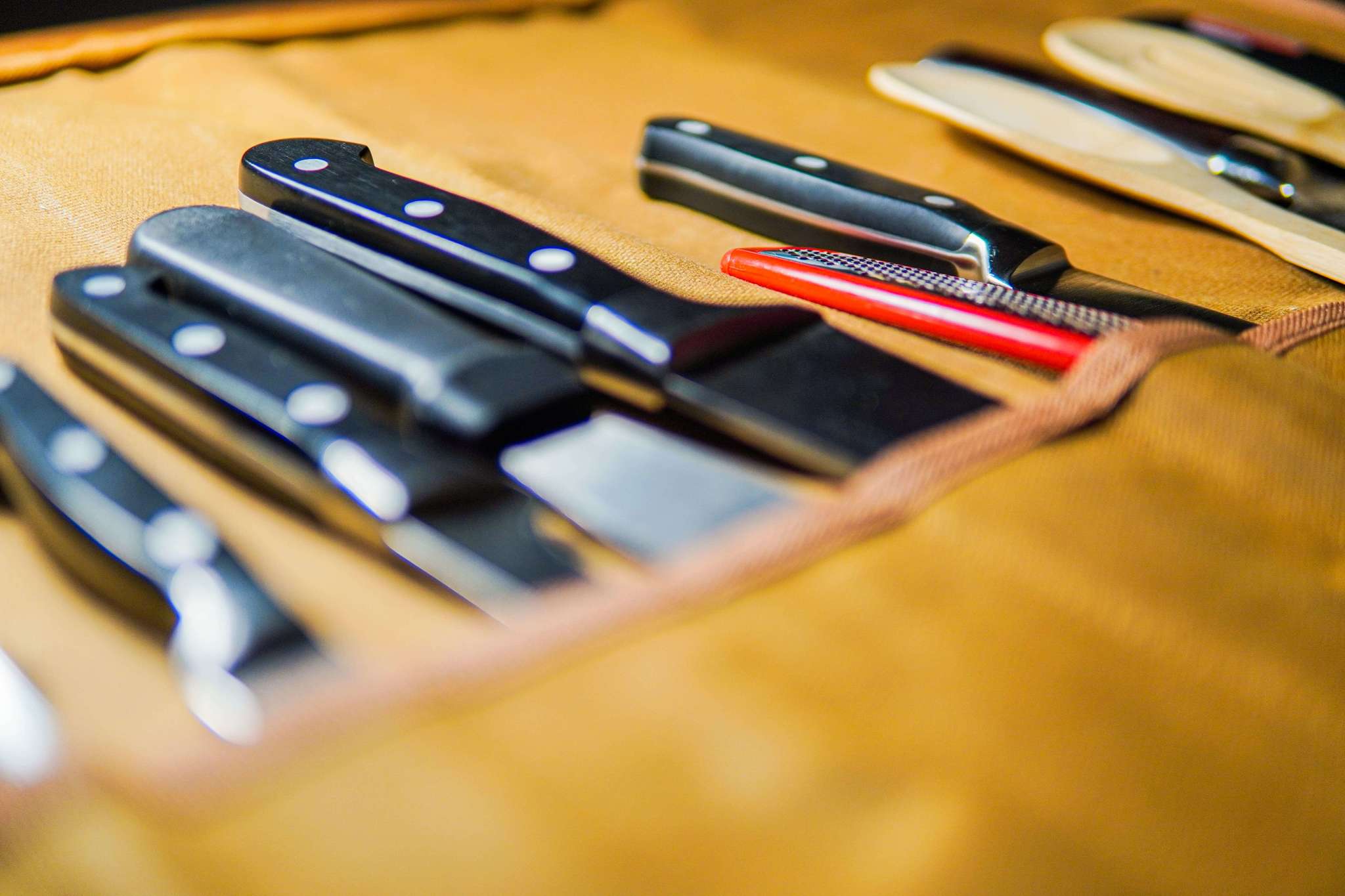
In Conclusion
Knowing how to sharpen Dexter fillet knife is a life-changing skill for kitchen professionals and fishermen alike. With the right approach and tools, you can maintain your knifes edge, ensuring maximum performance and safety. Follow this guide, avoid common pitfalls, and youll enjoy the enduring sharpness of your Dexter fillet knife for years to come!
This article contains affiliate links. We may earn a commission at no extra cost to you.
